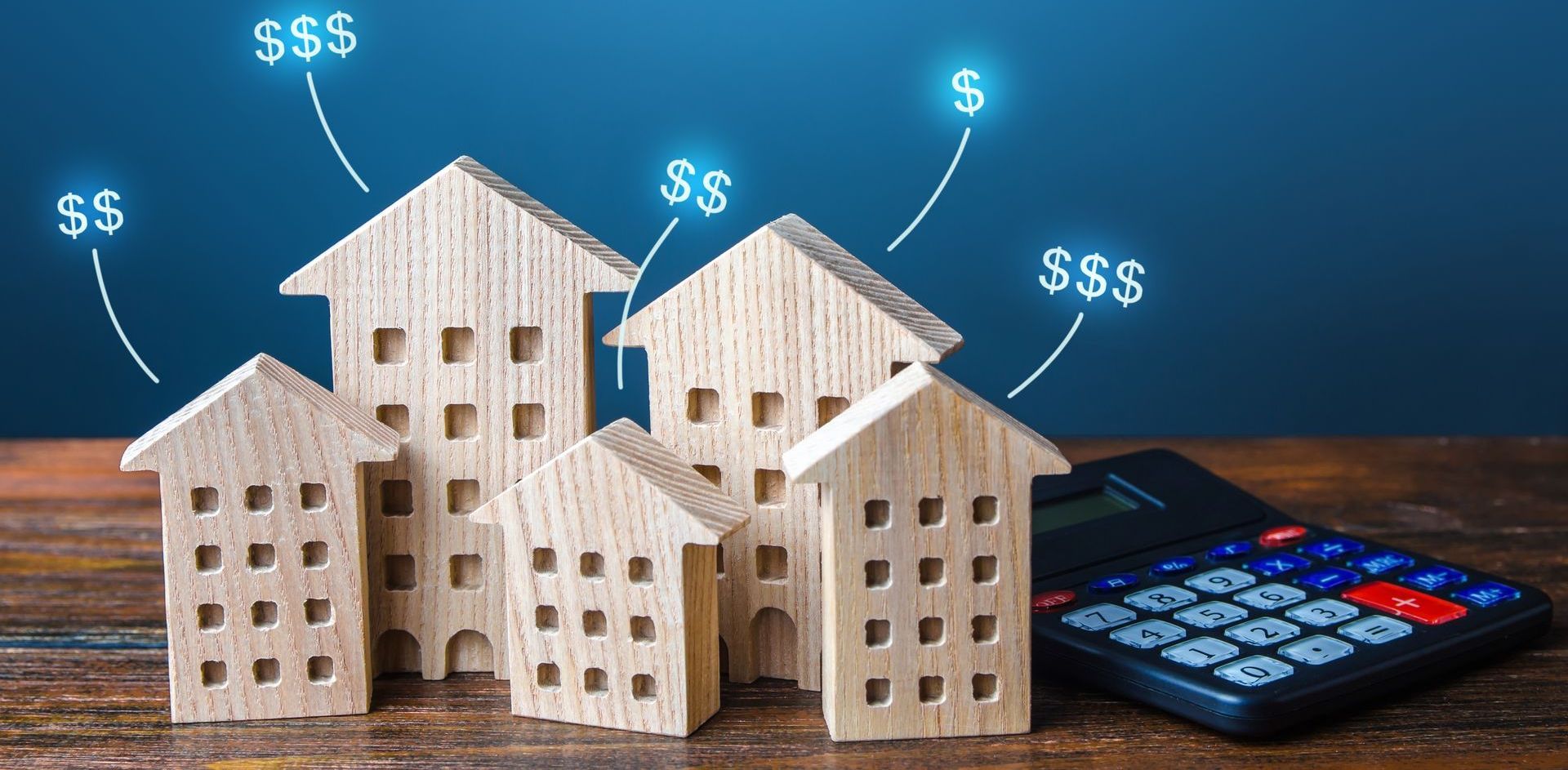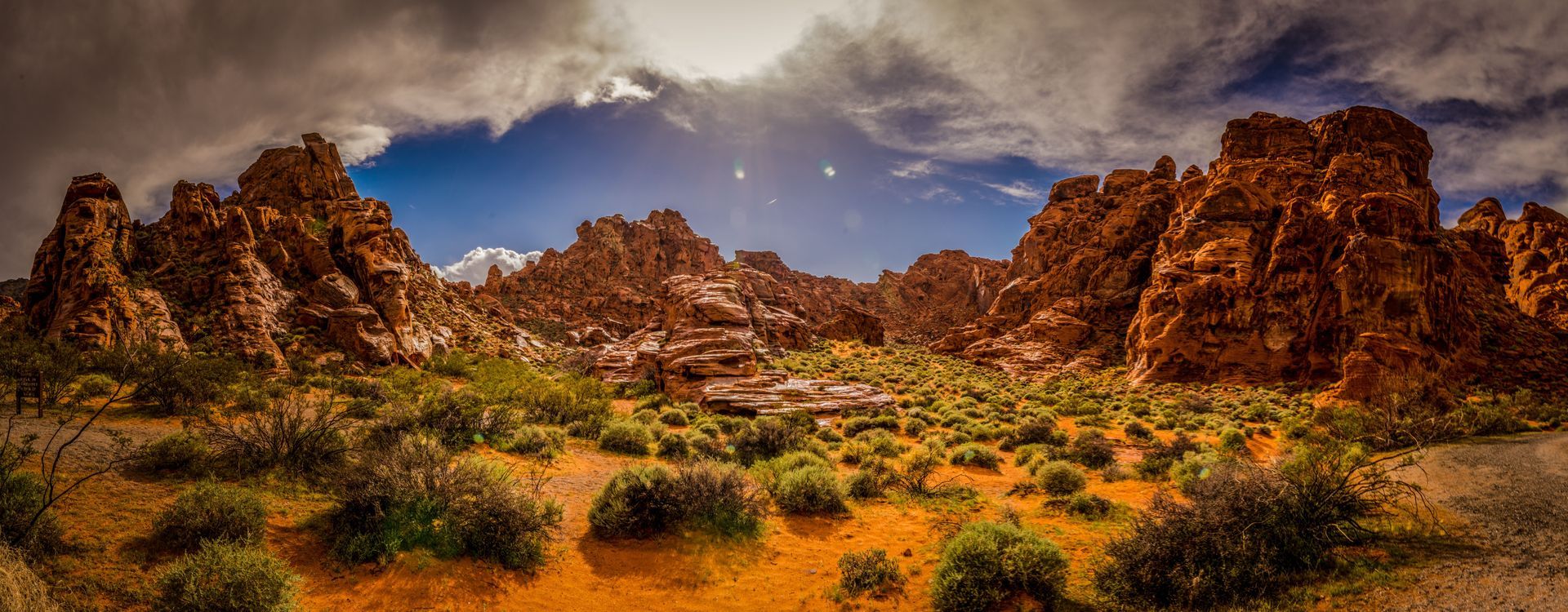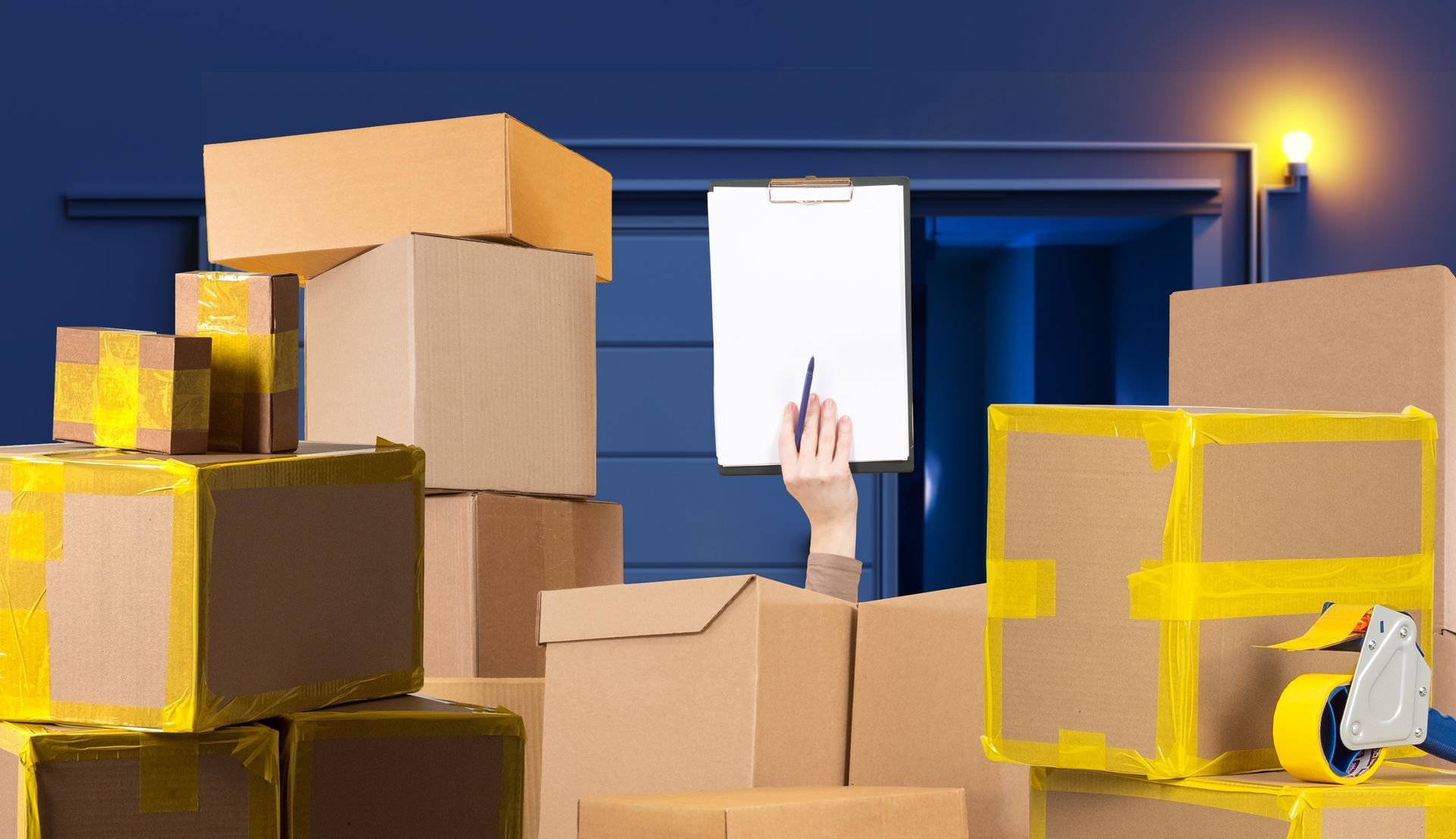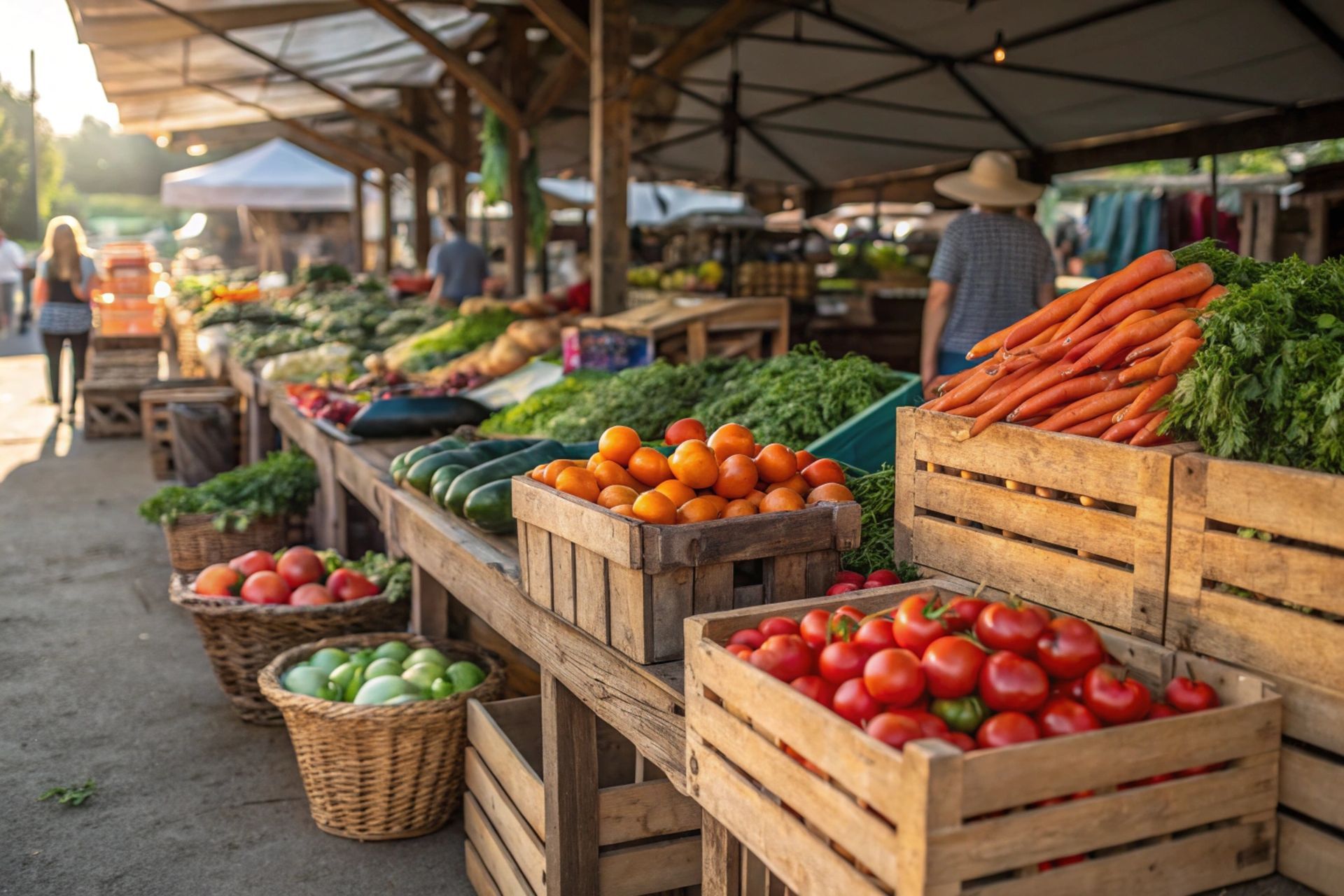Renter's Insurance vs. Tenant Liability Insurance: What's the Difference?
Know the Difference to Make Sure You're Protected on All Fronts

Renting a home or apartment comes with its share of responsibilities and concerns. While it may not be as daunting as owning a home, tenants should still take certain precautions to protect their belongings and assets. Two crucial forms of protection for renters are renter's insurance and tenant liability insurance. Below, we will delve into what these insurance types are and why they are essential for tenants.
Renter's Insurance: Protecting Your Belongings
What is Renter's Insurance?
Renter's insurance, also known as tenant insurance or apartment insurance, is a policy designed to protect your personal property in a rented dwelling. This type of insurance provides coverage for your belongings in case of damage or loss caused by a variety of perils, including fire, theft, vandalism, and more.
Why is Renter's Insurance Important?
Protection of Personal Property
One of the most significant advantages of renter's insurance is the protection it provides for your personal property. Whether it's your electronics, furniture, clothing, or jewelry, a renter's insurance policy can cover the cost of repairing or replacing these items in the event of damage or loss. Without this coverage, you could face a substantial financial burden if disaster strikes.
Liability Coverage
Apart from protecting your personal property, renter's insurance also includes liability coverage. This aspect is crucial as it safeguards you in case someone is injured while on your rental property. If a guest slips and falls, your renter's insurance can help cover their medical bills and any legal costs that may arise.
Temporary Living Expenses
In some cases, if your rented dwelling becomes uninhabitable due to a covered event, renter's insurance can help cover temporary living expenses. This ensures you have a place to stay while your rental is being repaired or replaced.
Cost of Renter's Insurance
The cost of renter's insurance varies depending on factors such as location, coverage amount, and the insurance provider. However, it is generally quite affordable, often costing less than $20 to $30 per month, with some insurance providers providing discounted rates for paying the entire policy upfront.
Tenant Liability Insurance: Protection Beyond Your Property
What is Tenant Liability Insurance?
Tenant liability insurance, often referred to as renter's liability insurance, is a policy that focuses primarily on protecting you from personal liability claims. It covers any damages or injuries that you, your family, or your pets may cause to others while on the rental property. Often tenant liability insurance is included in a renter's insurance policy.
Why is Tenant Liability Insurance Important?
Protection Against Personal Liability Claims
Tenant liability insurance is vital for renters because it safeguards you from personal liability claims. If, for instance, your pet bites someone or if you accidentally cause damage to your neighbor's property, this insurance can help cover the costs of medical bills, legal fees, and property repairs.
Comprehensive Coverage
Tenant liability insurance often covers a wide range of scenarios, from accidental injuries to damage to other people's property. This comprehensive protection ensures that you are not financially devastated by an unexpected incident.
Complement to Renter's Insurance
While renter's insurance mainly focuses on your personal property, tenant liability insurance complements it by covering personal liability claims. Together, these two policies provide comprehensive protection for renters.
Renting Requirement
Many property management companies and apartment complexes require that tenants purchase an insurance policy with tenant liability coverage of at least $100,000 as a condition of the lease. By purchasing tenant liability insurance, it provides landlords and owners peace-of-mind in the event that there is significant damage caused by tenants' negligence.
Cost of Tenant Liability Insurance
The cost of tenant liability insurance is typically lower than that of renter's insurance, making it an even more affordable option for renters. Depending on the coverage amount and the insurance provider, tenant liability insurance may cost as little as a few dollars per month. Even more money can be saved if purchasing tenant liability insurance as a part of a renter's insurance policy.
In the world of renting, protecting your personal property and guarding against personal liability claims are paramount. Renter's insurance ensures your belongings are safe from a range of perils, while tenant liability insurance protects you from unexpected personal liability claims. Together, these insurance policies provide a well-rounded safety net for renters, offering peace of mind and financial security. If you're a tenant, don't wait to get these essential forms of protection – it's a small price to pay for significant peace of mind.








